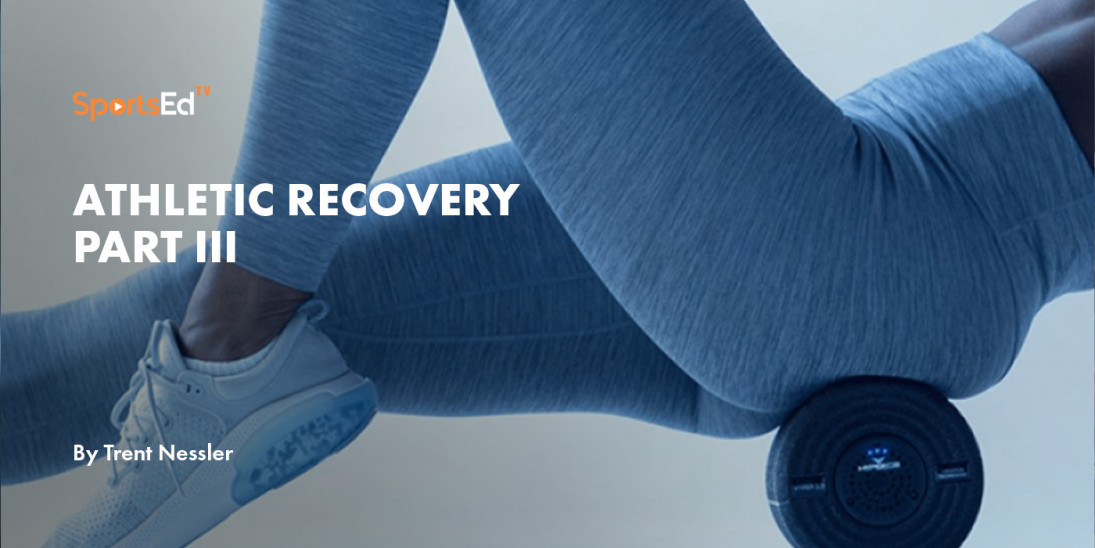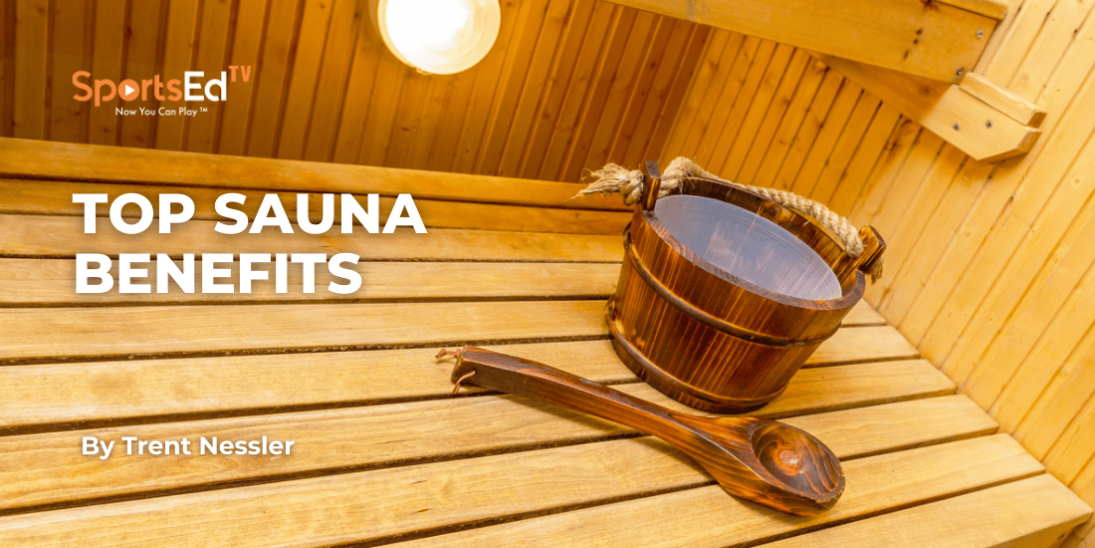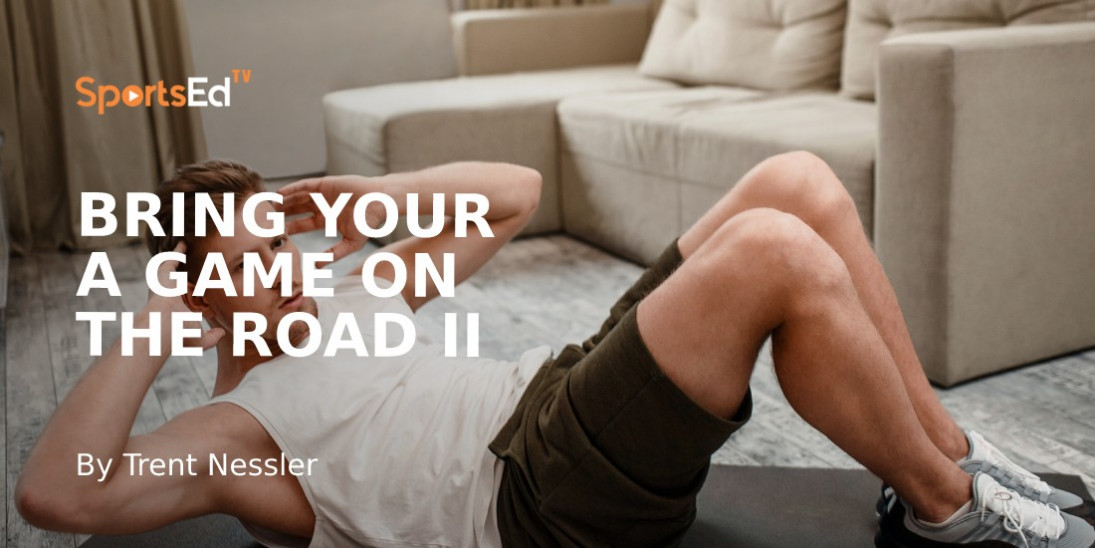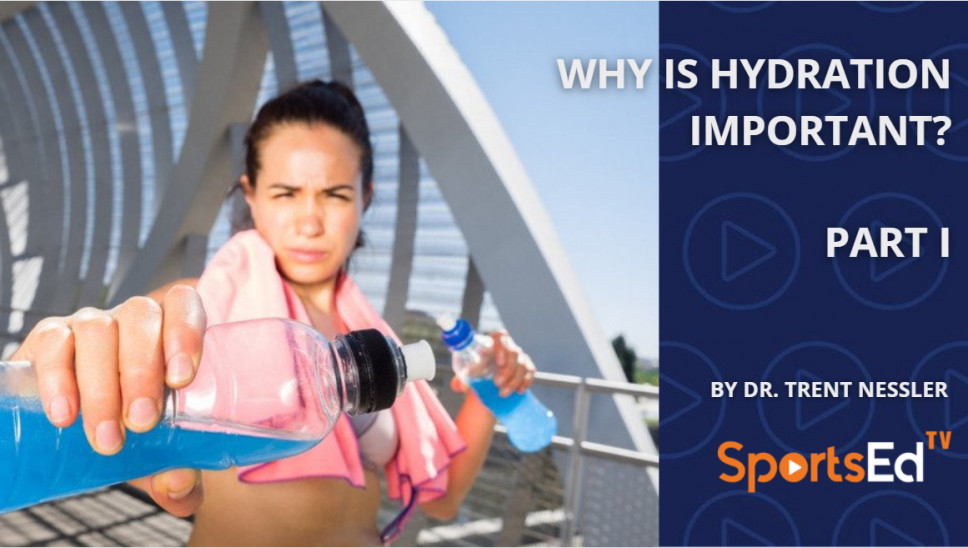Health
Welcome and thanks for visiting...

Shoulder Injuries – Part IV
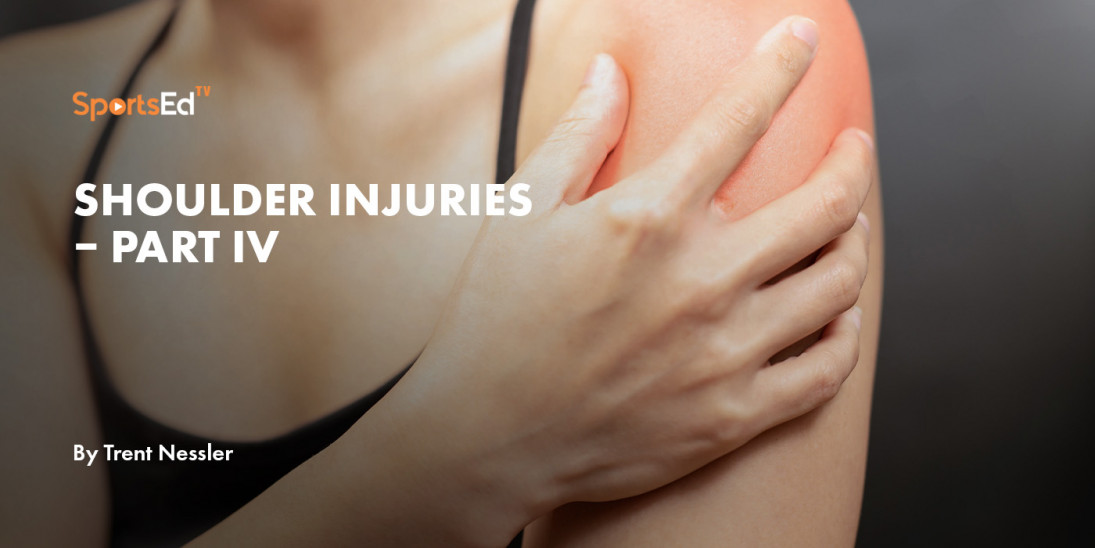
In the las article, we concluded our discussion of certain types of shoulder injuries that can occur in sports and especially overhead sports. Keeping in mind this is not an exhaustive list, but more along the lines of the ones that we typically see. As with any injury, if you have pain that is limiting your range of motion, waking you at night and impacting your daily activities (preventing you from combing your hair, getting dressed, working, etc) then you should seek an evaluation by your health care provider.
For those injuries that do not require medical intervention, you can attempt manage these by icing on a frequent basis and by monitoring your frequency, intensity and duration of your pain. For more information on both these topics, please refer back to our previous blog on ice and managing pain.
As with most injuries, there are exercises that we can do to help prevent these types of injuries. Obviously the best preventative technique is allowing adequate rest time and not participating in the same sport all year long but rather keeping it to one season. However, participating in overhead sports constantly places the shoulder at the end range of motion and many times under high loads. Preparing the shoulders should be an important part of your training and just something you consider as a price of participation. What does preparing the shoulders actually mean? Ensuring that your shoulders have the full range of motion needed for the sport and the shoulder strength to participate in the sport are a critical part to avoiding injury.
Total shoulder range of motion is a concept that has been described in the orthopedic literature for some time and is a common measurement taken in collegiate and professional athletes (baseball pitchers as an example) during pre-participation physicals. Total shoulder range of motion (TSM) is the range of motion in external rotation (ER – rotating out) and internal rotation (IR – rotating in) when arm is at 90 degrees of abduction (as pictured below). In other words, TSM = ER at 90 degrees abduction + IR at 90 degrees abduction. It is not uncommon for the right and left to have a variance in IR or ER side to side but the total shoulder range of motion (IR + ER) should be close to equal.
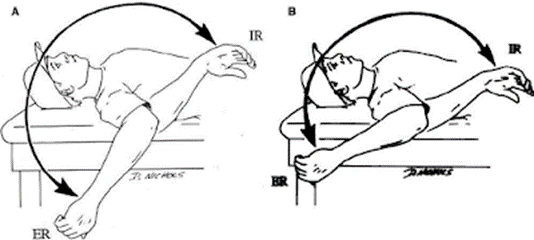
The research is clear that if you have >10 degree difference in your right TSM versus your left TSM, you are 3xs more likely to suffer a labral tear, rotator cuff tear or ulnar collateral ligament tear or UCL (elbow injury) in (Shanley et al Am J Sports Med 2011) overhead sports. This makes sense if you think about it. If the range is limited and you get to the end range of motion, then other tissues then become stressed (in particular the rotator cuff, labrum and UCL). This same concept has been applied to swimmers. In these types of sports, the shoulder has to go through such a large arc of motion and if it is limited, it is much more likely to get injured. This concept of TSM can and should apply to most throwing sports as well as grappling sports (wrestlers and jiu jitsu). As in overhead sports, grappling sports not only takes your shoulder into these extreme end ranges of motion, it also does this with high stress and loads applied at these end ranges. Considering it is imperative we make sure to include range of motion or stretches as a part of our shoulder healthy routine. Therefore the greater total shoulder range of motion, the less stress there is to the tissues.
Considering, here is a series of stretches we can do for limitations in TSM.
Sleeper Stretch - lying on your right side with your arm at 90 degrees abduction and 90 degrees horizonal adduction and palm facing down, using your left hand push your right hand to the floor until you feel a good stretch. Hold that for 30 second and repeat 4 times. Repeat on the left. Make sure you are not rolling back. To create more of a stretch, you can slowly roll your shoulders forward (in this picture bringing the left shoulder closer to the right). This should not cause pain and if it does, can be often associated with certain types of shoulder injuries (AC joint, labrum, rotator cuff).

Structures stretched - posterior capsule, rotator cuff.
IR shoulder/ hamstring stretch - placing your belt around your foot, grab the end of in your hand by reaching around your back with your palm facing up. As you bend forward as far as you can so feel a stretch in your hamstring. Keeping your hand in the position, as you extend back and ease the stretch off your hamstring, you should feel a stretch in your shoulder. Hold each position for 30 seconds and repeat 4 times. Do on both right and left.

Structures stretched - anterior capsule, rotator cuff, long head of biceps
Posterior shoulder stretch - start with laying on the mat or floor with your right arm in the position depicted below. Slowly bring your left chest toward your right elbow (effectively rolling onto your right arm) until you feel a good stretch in the posterior (back part) shoulder. Hold for 30 seconds and repeat 4 times. Repeat on the left side.
Structures stretched - posterior capsule, rotator cuff
Pec stretch - standing, place your palm on the wall with elbow straight. Slowly turn your upper body until you feel a stretch in your pec. To add some stretch to the nerves (called nerve glides) slowly rotate your head to look over your opposite shoulder. To increase further stretch, rotate your head and slowly raise palm off the wall while keep arm in contact with the wall. Hold for 30 seconds and repeat 4 times. Repeat on the left side.
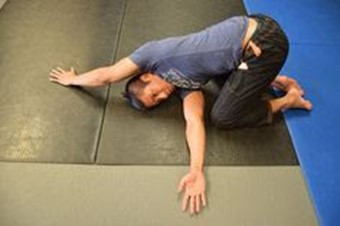

Structures stretched - anterior capsule, pec majory, biceps, median nerve & C5-C7 nerve bundles.
Adding these as a normal part of your routine will not only increase your range of motion but also help to keep your shoulders healthy. We hope you continue to enjoy this series and find the information valuable. Now that we have covered stretches, next week we will get into some specific exercises for preventing injuries. If you did enjoy, please share with your colleagues, athletes and training partners.
Dr. Nessler is a practicing physical therapist with over 20 years sports medicine clinical experience and a nationally recognized expert in the area of athletic movement assessment and ACL injury prevention. He is the founder | developer of the ViPerform AMI, the ACL Play It Safe Program, Run Safe Program and author of a college textbook on this subject. Trent has performed >5000 athletic movement assessments in the US and abroad. He serves as the National Director of Sports Medicine Innovation for Select Medical, is Vice Chairman of Medical Services for USA Obstacle Racing and movement consultant for numerous colleges and professional teams. Trent has also been training and a competitive athlete in Brazilian Jiu Jitsu for 5 years.
Read more:

